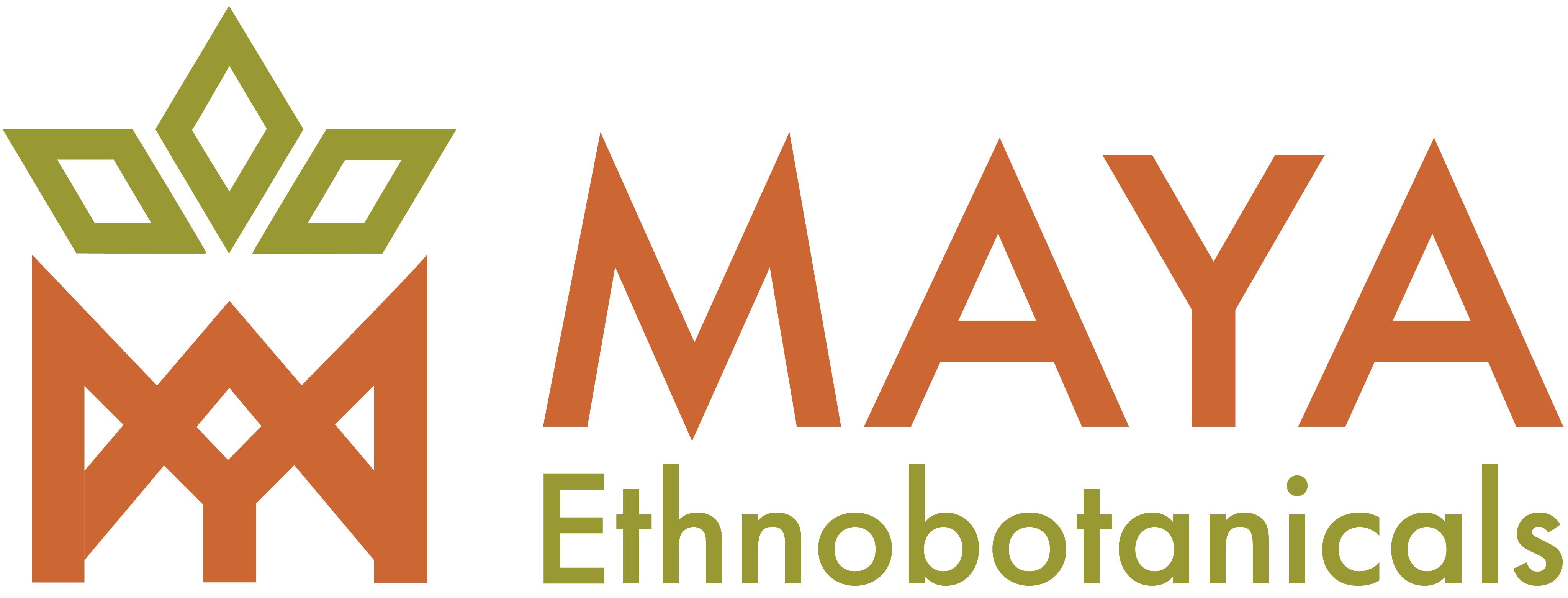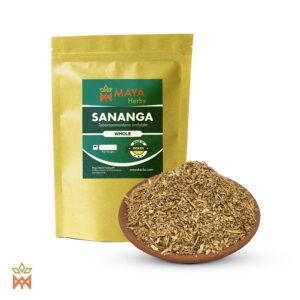Showing all 2 results
- Rated 5.00 out of 5€ 9,75 – € 24,20Price range: € 9,75 through € 24,20 Incl. VATSelect options This product has multiple variants. The options may be chosen on the product page
- € 10,50 – € 148,00Price range: € 10,50 through € 148,00 Incl. VATSelect options This product has multiple variants. The options may be chosen on the product page
Showing all 2 results
Sananga, a secret of the Amazon
Revered for its profound healing properties and spiritual significance, Sananga represents an integral component of the holistic healing practices passed down through generations within these communities. In this comprehensive exploration, we delve into the multifaceted dimensions of Sananga, uncovering its botanical intricacies, historical significance, modern applications, and its profound role within the rich tapestry of Amazonian indigenous cultures.
Botanical Information
Sananga derives its potency from the roots and bark of select species within the Tabernaemontana genus, notably Tabernaemontana undulata and Tabernaemontana sananho. These species, small trees or shrubs indigenous to the Amazon basin and other tropical regions, yield the raw materials essential for the preparation of this revered medicinal extract. The meticulous process of Sananga extraction involves the careful harvesting of roots and bark, followed by maceration in water or other solvents to release the bioactive compounds contained within. Through filtration and concentration, the resulting liquid extract encapsulates the essence of Sananga, brimming with indole alkaloids such as ibogaine, voacangine, and ibogamine, which are believed to underpin its therapeutic efficacy.
Historical Use
The roots of Sananga's use within Amazonian indigenous cultures trace back through the annals of time, intertwining with the spiritual beliefs, healing practices, and daily rituals of these communities. Across the expanse of the Amazon rainforest, Sananga has served as a cornerstone of traditional medicine, offering respite and healing to those in need. Historically, it has been revered for its multifaceted healing properties, with indigenous healers utilizing Sananga to address a myriad of physical ailments ranging from eye infections and inflammation to pain relief and digestive disorders. Beyond its medicinal applications, Sananga holds a sacred place within the spiritual landscape of Amazonian tribes, featuring prominently in ceremonial rites and rituals aimed at fostering spiritual growth, enhancing perception, and forging a deeper connection with the natural world.
Sananga for Hunting
One of the most intriguing applications of Sananga lies in its use by indigenous hunters to sharpen their senses and elevate their hunting prowess. Rooted in ancestral wisdom and passed down through generations, the practice of using Sananga before embarking on a hunting expedition is believed to confer a heightened state of awareness and enhanced visual acuity. Hunters apply Sananga drops directly to their eyes, harnessing its purported ability to improve night vision, enhance depth perception, and facilitate the detection of subtle movements amidst the dense foliage of the rainforest. In this way, Sananga becomes a vital ally in the hunter's quest for sustenance, offering a sacred tool to navigate the intricate dance between predator and prey in the heart of the jungle.
Scientific Research
While the traditional use of Sananga has long been revered within indigenous cultures, the scientific exploration of its pharmacological properties is a relatively recent endeavor. Preliminary research into the bioactive compounds present in Sananga, such as ibogaine and voacangine, has revealed a plethora of potential therapeutic effects, ranging from anti-inflammatory and analgesic properties to neuroprotective and antidepressant qualities. Despite this promising initial evidence, the scientific understanding of Sananga's mechanisms of action and its full spectrum of therapeutic applications remains in its infancy, underscoring the need for further research and exploration in this burgeoning field.
Sananga in Peruvian Diets
Within the context of traditional healing practices in Peru, Sananga occupies a central role in the ceremonial diets and rituals employed by indigenous healers to facilitate physical, emotional, and spiritual healing. As part of healing diets, Sananga is often incorporated into plant medicine regimens alongside other sacred plant allies, such as ayahuasca and tobacco. Its purifying and grounding properties are believed to cleanse the body of negative energies, harmonize the spirit, and deepen the connection with the natural world. Through the consumption of Sananga-infused preparations, individuals embark on a transformative journey of self-discovery, guided by the wisdom of ancestral traditions and the healing powers of the rainforest.
Sananga in Tribal Communities
Embedded within the cultural tapestry of Amazonian indigenous communities, Sananga serves as a living embodiment of ancestral wisdom, resilience, and interconnectedness with the natural world. Its use within tribal communities extends far beyond its medicinal and spiritual applications, encompassing a wide array of cultural practices, social rituals, and communal ceremonies. From birth to death, Sananga accompanies individuals on life's journey, offering solace, healing, and spiritual guidance in times of need. Within the context of tribal societies, the knowledge of Sananga's preparation and application is passed down through oral tradition, apprenticeship, and direct experience, ensuring its preservation and continuity across generations.
Contemporary Applications and Challenges
In recent years, the resurgence of interest in traditional plant medicines has brought Sananga into the spotlight, attracting attention from researchers, practitioners, and enthusiasts around the globe. However, alongside this growing interest comes a host of challenges, including issues related to sustainability, cultural appropriation, and the commodification of sacred plant medicines. As demand for Sananga continues to rise, concerns have been raised regarding the ethical sourcing of raw materials, the preservation of indigenous knowledge, and the equitable distribution of benefits within indigenous communities. It is imperative that efforts to study, utilize, and commercialize Sananga are conducted in a manner that respects and honors the cultural heritage, ecological integrity, and spiritual significance of this sacred medicine.
Sananga scientific reasearch
Scientific research on Sananga, the traditional Amazonian medicine derived from the roots and bark of Tabernaemontana plants, is still relatively limited compared to other natural remedies. However, recent years have seen a growing interest in understanding its pharmacological properties and potential therapeutic applications. Here's an overview of some of the scientific research conducted on Sananga:
Anti-inflammatory and Analgesic Properties
A study published in the Journal of Ethnopharmacology investigated the anti-inflammatory and analgesic effects of Sananga in animal models. The researchers found that Sananga extract exhibited significant anti-inflammatory activity by reducing paw edema and inhibiting the production of inflammatory mediators. Additionally, it demonstrated analgesic properties by reducing pain sensitivity in experimental models.
Antimicrobial Activity
Research published in the Journal of Applied Microbiology explored the antimicrobial activity of Sananga extract against various bacterial and fungal strains. The study reported that Sananga showed inhibitory effects against several pathogenic bacteria and fungi, suggesting its potential as a natural antimicrobial agent.
Antioxidant Effects
A study published in Phytotherapy Research investigated the antioxidant properties of Sananga extract. The researchers found that Sananga exhibited significant antioxidant activity by scavenging free radicals and reducing oxidative stress markers in vitro. These findings suggest that Sananga may have potential therapeutic applications in conditions associated with oxidative stress.
Neuroprotective Effects
Preliminary research has also explored the neuroprotective effects of Sananga extract. Studies conducted on animal models have suggested that Sananga may exert neuroprotective effects by reducing oxidative stress, inflammation, and neuronal damage in the brain. These findings raise the possibility of using Sananga as a potential therapeutic agent for neurodegenerative diseases.
Psychoactive Compounds and Psychopharmacological Effects
While Sananga is primarily known for its traditional medicinal uses, recent studies have also investigated its psychoactive compounds and psychopharmacological effects. Research has identified several alkaloids in Sananga, including ibogaine, voacangine, and ibogamine, which are known to interact with neurotransmitter systems in the brain. These compounds may contribute to Sananga's psychoactive effects and potential therapeutic applications in mental health disorders.
Clinical Studies
Clinical studies evaluating the safety and efficacy of Sananga in human subjects are scarce. However, anecdotal reports and case studies have documented its use in traditional healing practices, particularly for eye conditions, pain relief, and spiritual purposes. Further clinical research is needed to validate these anecdotal claims and explore the full spectrum of Sananga's therapeutic potential.
Overall, while scientific research on Sananga is still in its infancy, preliminary studies suggest that it possesses promising pharmacological properties, including anti-inflammatory, analgesic, antimicrobial, antioxidant, and neuroprotective effects. However, more rigorous research, including controlled clinical trials, is warranted to elucidate its mechanisms of action, safety profile, and therapeutic efficacy in various medical conditions.
Conclusion
In conclusion, Sananga stands as a testament to the profound wisdom encapsulated within the traditional healing practices of Amazonian indigenous cultures. From its botanical origins in the lush rainforests of the Amazon basin to its revered status as a sacred medicine with multifaceted healing properties, Sananga embodies the deep connection between humans and the natural world. Through centuries of ancestral knowledge and spiritual reverence, indigenous tribes have cultivated a profound understanding of the medicinal potential of plants like Sananga, harnessing their power to promote physical, emotional, and spiritual well-being.
As scientific research continues to unravel the pharmacological complexities of Sananga, it is essential to approach its study and application with humility, respect, and cultural sensitivity. While modern science offers valuable insights into Sananga's therapeutic properties, it must be complemented by an acknowledgment of the holistic worldview and spiritual beliefs that underpin its traditional use. Furthermore, efforts to conserve biodiversity, protect indigenous rights, and promote sustainable harvesting practices are integral to ensuring the continued availability and cultural integrity of medicinal plants like Sananga.
In the face of growing global interest in traditional plant medicines, it is imperative to foster collaboration and dialogue between indigenous communities, researchers, and policymakers to promote ethical research practices, cultural preservation, and equitable access to medicinal resources. By honoring the sacred wisdom of indigenous traditions and embracing the holistic approach to healing embodied by plants like Sananga, we can forge a path towards a more harmonious relationship with the natural world and cultivate a future where health and wellness are inextricably linked to the preservation of cultural diversity and ecological integrity.



